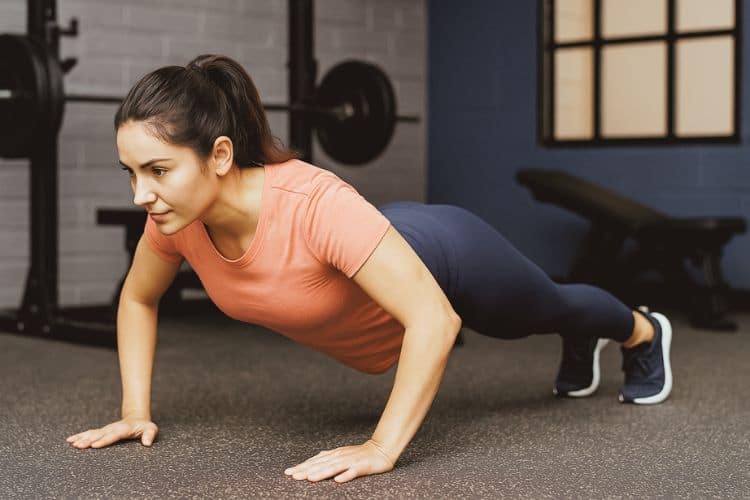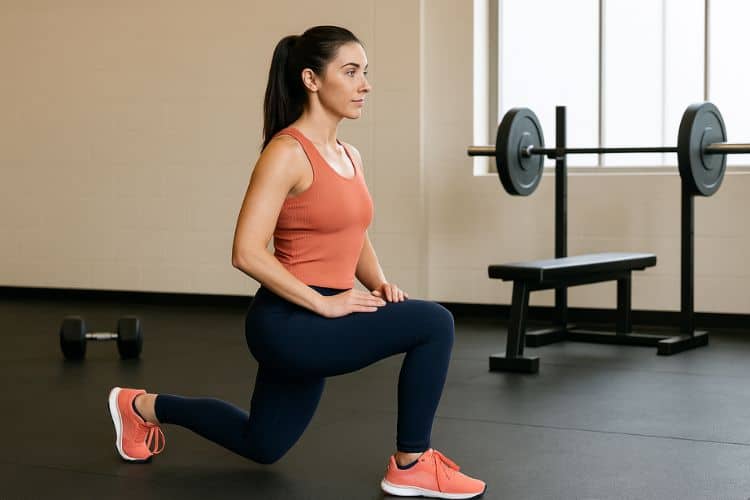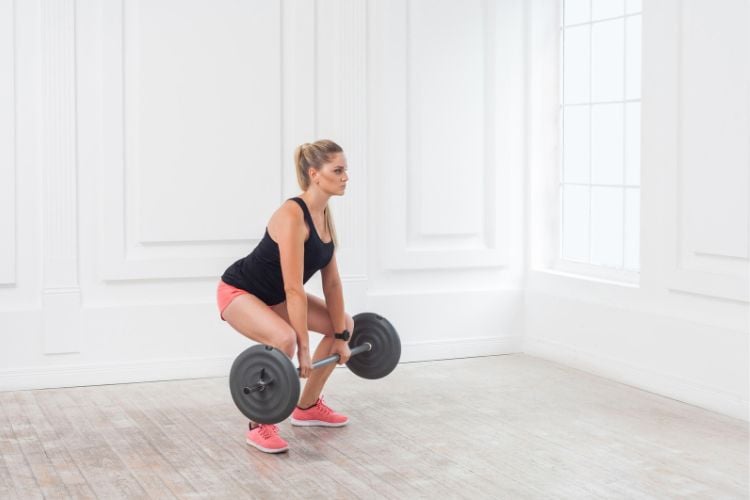Sign up for workout ideas, training advice, reviews of the latest gear and more.






Barbell training is one of the most effective ways to build full-body strength, enhance muscle definition, and increase metabolic rate. But not everyone has an hour to spend at the gym. That’s where 20-minute barbell workouts come in. These fast-paced sessions are designed to deliver powerful results in less time—perfect for anyone juggling work, family, or a busy schedule.
In this blog post, we’ll break down everything you need to know about creating the perfect 20-minute barbell workout, including beginner tips, muscle group splits, and advanced routines. Whether you’re working out at home or at the gym, this guide is your blueprint for time-efficient strength training.
Barbells are ideal for compound movements, which engage multiple muscle groups simultaneously. This means you can achieve more in less time compared to isolation exercises. In just 20 minutes, you can hit all major muscle groups with efficient, high-load resistance training.
Heavy barbell movements like squats, deadlifts, and presses trigger a greater afterburn effect—formally known as excess post-exercise oxygen consumption (EPOC). Your body continues to burn calories long after your workout ends, making barbell workouts ideal for both fat loss and muscle gain.
The appeal of 20-minute barbell workouts lies in their simplicity and effectiveness. Whether you’re training in your garage gym or squeezing in a session before work, these routines fit into even the tightest schedule without compromising results.
Always start with a dynamic warm-up to prepare your body for lifting. This could include:
Focus on compound barbell movements that target large muscle groups. Prioritize form, moderate-to-heavy loads, and minimal rest between sets (30–60 seconds) for maximum efficiency.
Finish with light stretching or mobility drills to promote recovery and reduce stiffness.
Muscles worked: Quads, glutes, hamstrings, core
Why it’s great: Builds lower body power and total-body coordination
Form tip: Keep your chest up, knees tracking your toes, and drive through your heels.
Muscles worked: Hamstrings, glutes, lower back, traps
Why it’s great: Engages the entire posterior chain, perfect for fat burning and strength
Form tip: Keep a neutral spine, hinge at the hips, and don’t round your back.
Muscles worked: Chest, shoulders, triceps
Why it’s great: Builds upper body pushing strength
Form tip: Keep your feet planted, shoulder blades tucked, and control the descent.
Muscles worked: Shoulders, triceps, core
Why it’s great: Strengthens vertical pressing and shoulder stability
Form tip: Avoid overextending the lower back—brace your core during the press.
Muscles worked: Back, biceps, rear deltoids
Why it’s great: Enhances posture and upper-back strength
Form tip: Maintain a flat back and engage your core while rowing the bar toward your lower chest.
Goal: Strength, muscle building
Equipment: Barbell + weights
Duration: 20 minutes
Workout Format: Circuit (3–4 rounds, minimal rest)
Rest 30–60 seconds between rounds. Use a weight that challenges you while maintaining form.
Goal: Build strength and hypertrophy
Focus: Chest, shoulders, arms, back
Superset Style (Alternate Exercises)
Complete 3 rounds of each superset. Total time: 20 minutes.
Goal: Develop power and endurance in the legs and glutes
Workout: EMOM Style (Every Minute on the Minute)
Set a timer for 20 minutes. Alternate between exercises every minute:
Repeat the 4-minute cycle 5 times for a total of 20 minutes.
Goal: Burn fat, boost conditioning
Format: Barbell Complex – Complete all moves without dropping the bar
One round =
Rest 1–2 minutes between rounds. Complete as many rounds as possible in 20 minutes (aim for 3–5 rounds).
Using proper technique is essential when lifting heavy weights, especially under time constraints. Quality always beats quantity. Poor form can lead to injury and limit progress.
To continue seeing results, aim to gradually increase your weights week by week. Keep a training journal or app to track reps, sets, and load.
Even if you’re short on time, a 3–5 minute warm-up boosts performance and prevents injury. Skipping it can lead to poor lifts and muscle strains.
In a 20-minute session, select a weight that allows you to complete your reps with effort, but not failure. A general rule: pick a load you can lift for 8–10 reps with good form, leaving 1–2 reps in the tank.
If you’re balancing a demanding job and personal life, a quick barbell session is the perfect solution. Just 20 minutes a few times a week can drastically improve your strength and fitness.
With the right coaching or guidance, beginners can thrive on short barbell sessions by focusing on foundational lifts and technique development.
Advanced lifters can use 20-minute barbell workouts as a deload session, finisher, or on active recovery days. The intensity can be scaled based on goals.
Here’s a sample 4-day split using 20-minute barbell workouts:
Day 1 – Full Body Strength
Compound circuit: squats, presses, rows
2 – Upper Body Push/Pull
Bench, rows, overhead press, curls
3 – Lower Body Focus
Deadlifts, lunges, front squats
4 – Barbell Conditioning
Complex or EMOM format
You can repeat this schedule weekly or alternate workout types every 4 weeks for variety and progression.
You don’t need hours at the gym to get stronger, leaner, and fitter. With the right approach, a 20-minute barbell workout can deliver serious results. The key is to focus on compound lifts, maintain intensity, and stay consistent.
Whether you’re at home with a basic barbell setup or hitting the gym between meetings, these quick and powerful sessions make it easy to stay on track with your fitness goals. Commit to the process, track your progress, and enjoy the transformation—20 minutes at a time.
Want more effective workouts?
Subscribe to our blog or follow us on Pinterest for new routines, challenges, and fitness tips!
Stay up to date on the latest women’s health, fitness and lifestyle trends and tips.